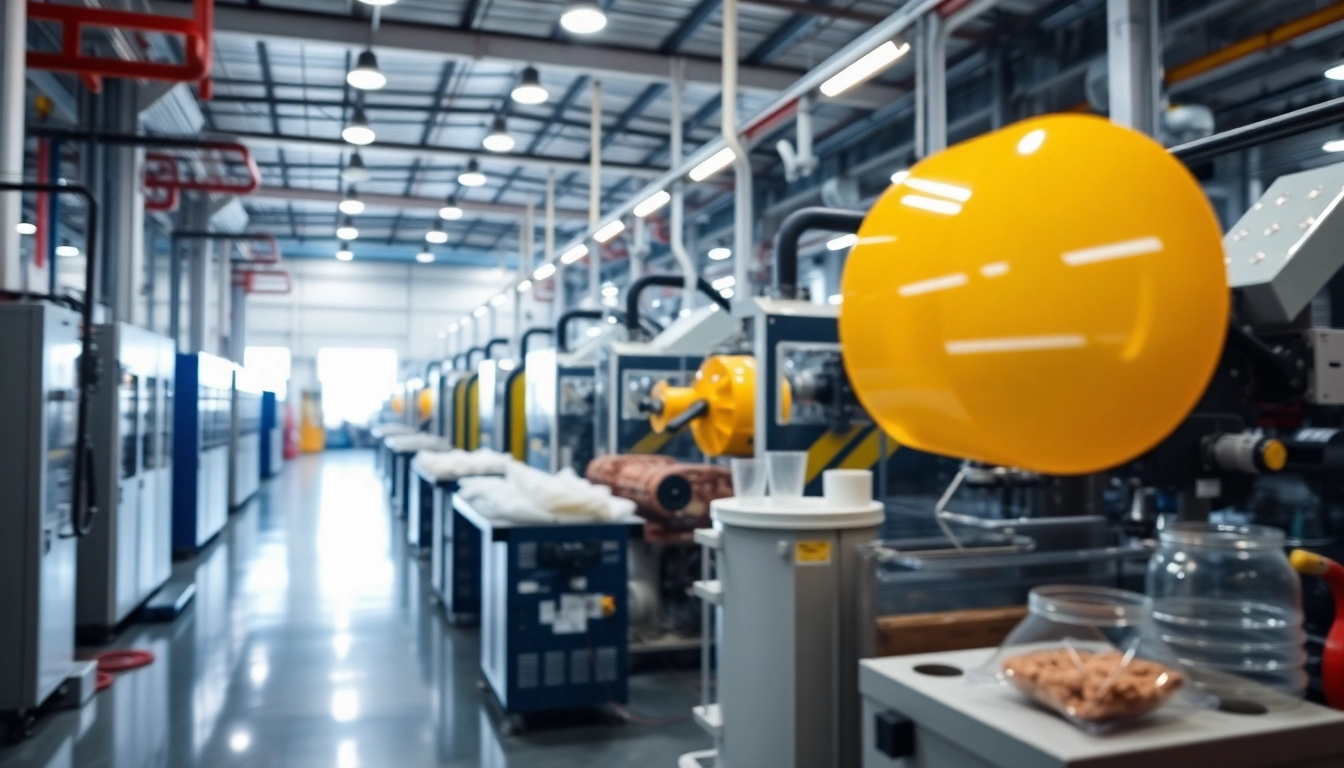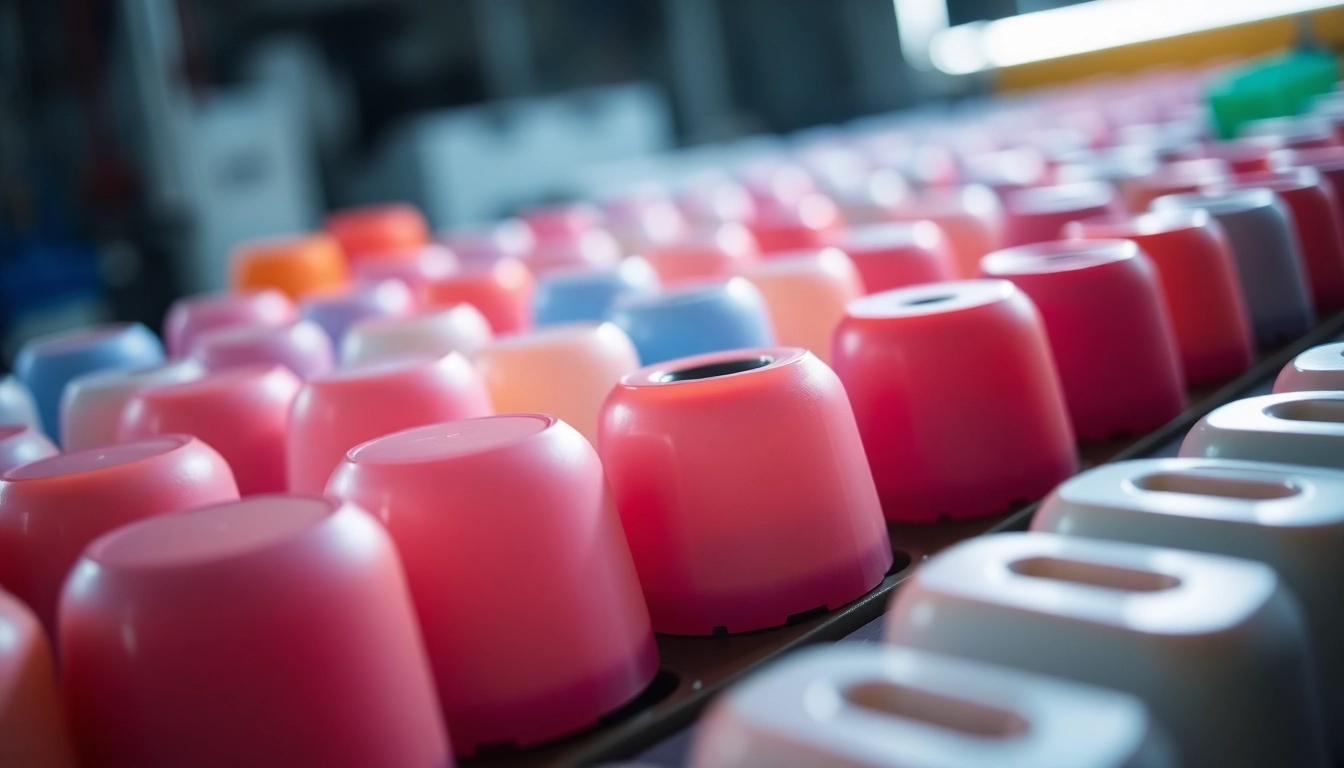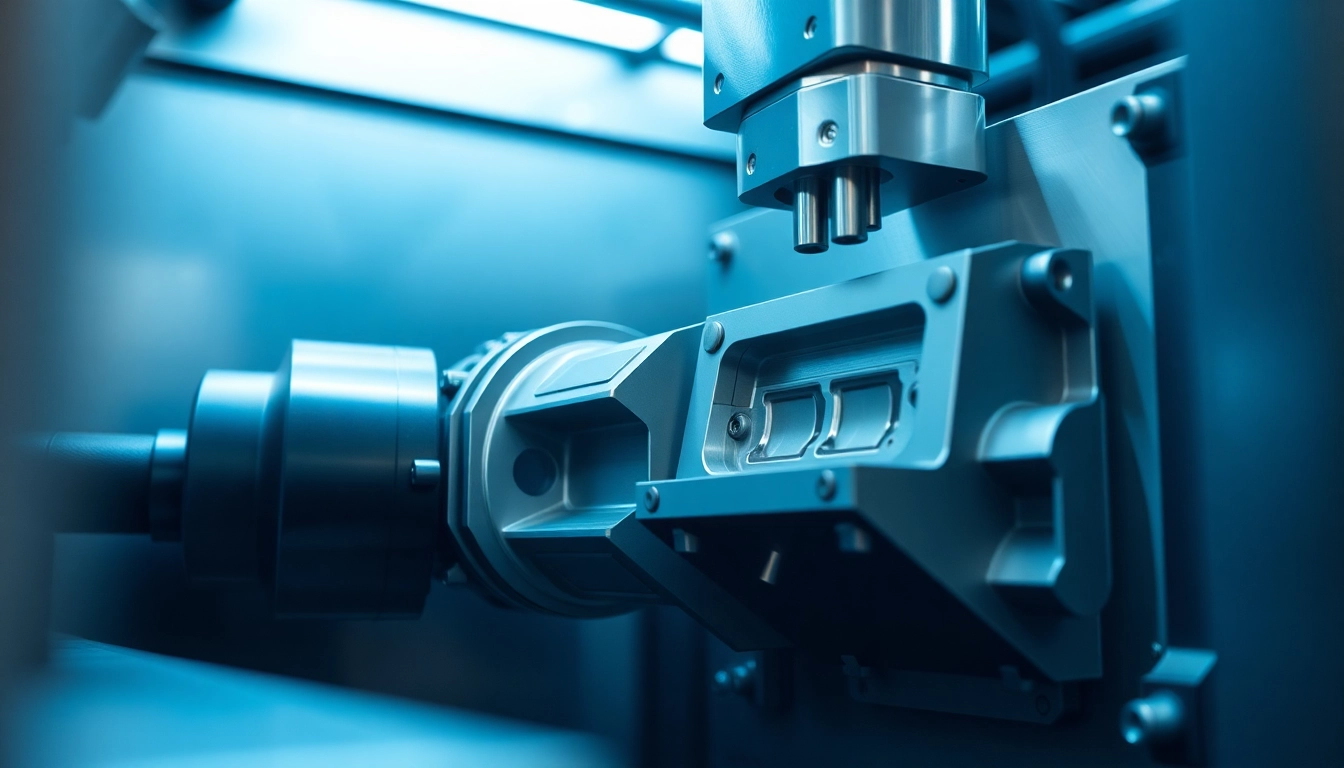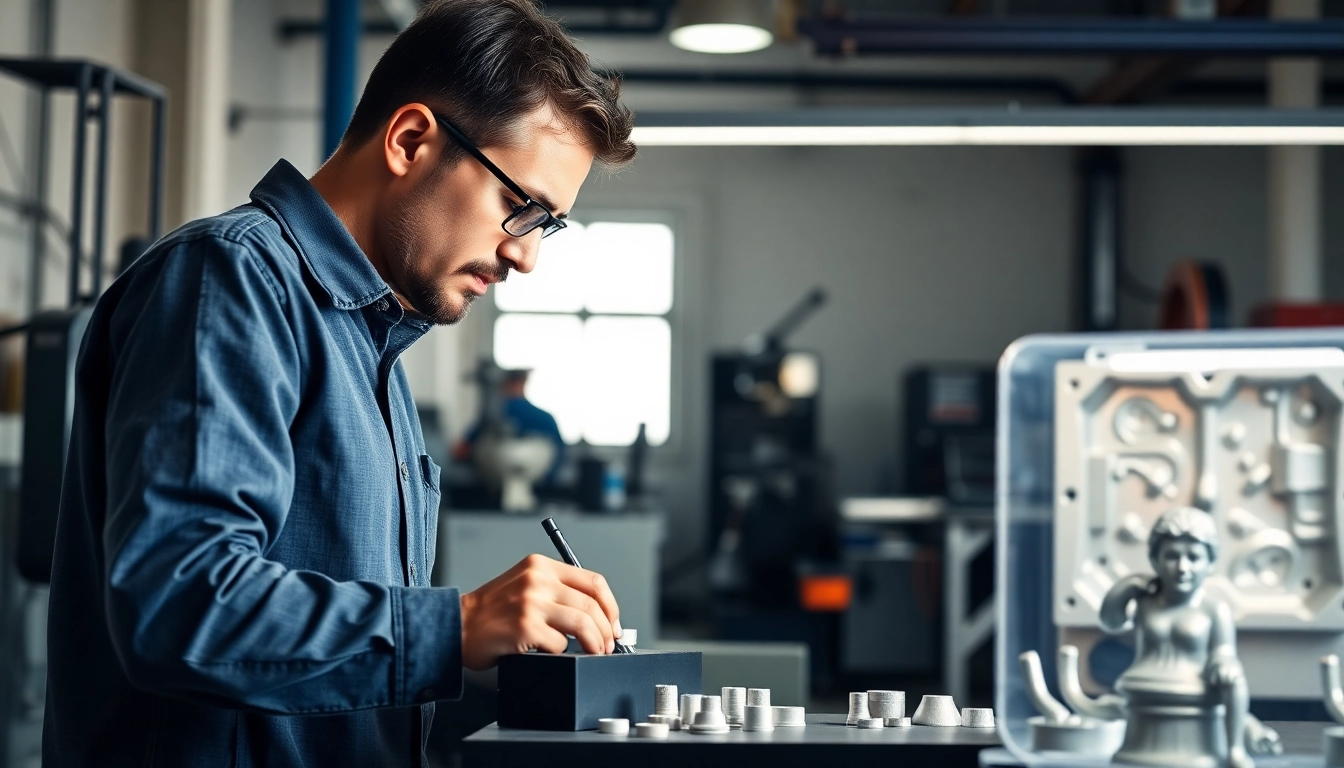Understanding Blow Moulded Plastic Parts
What are Blow Moulded Plastic Parts?
Blow moulded plastic parts are hollow components formed through a specialized manufacturing process known as blow molding. This technique utilizes air pressure to inflate heated plastic into a mold, creating intricate shapes and designs that are both lightweight and durable. Common items produced through blow molding include bottles, containers, and various automotive parts. The blow moulded plastic parts are pivotal in numerous industries due to their efficiency and versatility.
How Blow Molding Works
The blow molding process can be broken down into a few precise steps:
- Preparation: The process begins with heating a plastic resin to its melting point, forming a tube-like structure called a parison or preform.
- Molding: The parison is then placed within a mold. The mold is designed to the specific shape needed for the finished part.
- Blowing: Compressed air is introduced into the parison, expanding it against the cold mold walls. This causes the softened plastic to take the shape of the mold.
- Cooling: After the part has formed, it is cooled to maintain its shape, and then it is ejected from the mold.
This sequence is repeated continuously, allowing manufacturers to produce high volumes of products efficiently. For a deeper understanding, refer to resources that specifically delve into the manufacturing processes of blow moulded plastic parts.
Materials Used in Blow Molding
The choice of material is crucial for determining the properties of the resulting blow molded part. Common materials include:
- Polyethylene (PE): Available in various densities, this material is known for its flexibility, chemical resistance, and durability.
- Polypropylene (PP): A stiffer option that is less prone to stress cracking. Ideal for containers and car parts.
- Polyethylene Terephthalate (PET): Frequently used in beverage bottles, PET is favored due to its strength and clarity.
- Polyvinyl Chloride (PVC): Commonly utilized in applications requiring high durability and strength.
Each material presents unique characteristics, making them suitable for specific applications across industries.
Types of Blow Moulding Processes
Extrusion Blow Molding
Extrusion blow molding (EBM) is one of the most widely used techniques for creating hollow plastic parts. The process starts with the extrusion of a melted plastic tube, which is then formed into the desired shape using a mold and inflated with air. This method is commonly used for producing large containers and bottles.
Injection Blow Molding
Injection blow molding (IBM) differs from EBM in that it begins with the injection of molten plastic into a mold to form a preform. This preform is then transferred to a blow mold where air is blown in to shape the final product. This technique is typically employed for precise applications that require tighter tolerances, like pharmaceutical bottles.
Stretch Blow Molding
Stretch blow molding (SBM) combines the processes of injection and blow molding. In this method, the preform is not only blown to shape but is also stretch-oriented to enhance the material’s physical properties, thereby increasing clarity and strength. SBM is extensively used for making high-quality, lightweight bottles.
Applications of Blow Moulded Plastic Parts
Industry Use Cases
Blow molded plastic parts serve a multitude of industries, including packaging, automotive, toys, and consumer goods. For instance, the beverage industry relies heavily on blow molded bottles, while the automotive sector utilizes blow molded components for dashboards and fuel tanks due to their light weight and durability.
Consumer Products
Consumer products such as household cleaning bottles, personal care containers, and toys are frequently manufactured using blow molding. The advantages of customization and rapid production turnaround make blow molded parts a popular choice among manufacturers in the consumer goods sector.
Automotive and Packaging Applications
In automotive applications, blow molded parts are used for items such as air ducts and instrument panels because they help reduce weight without sacrificing strength and durability. In packaging, this process is critical for creating bottles, jars, and containers that are cost-effective while meeting strict regulatory requirements for food and beverage safety.
Advantages of Using Blow Moulded Parts
Cost-effectiveness and Efficiency
Blow molding is notably economical for high-volume production. The process’s quick cycle time allows manufacturers to produce large quantities of products in a relatively short period, thus benefiting economies of scale.
Design Flexibility
With blow molding, designers have the flexibility to create complex shapes that are difficult to produce with other molding techniques. This versatility enables the production of tailored solutions for diverse products across multiple industries.
Durability and Quality
Products made from blow molded plastic are typically robust and can withstand various environmental factors. The consistency of the blow molding process ensures high-quality standards, resulting in fewer defects and improved overall product longevity.
Future Trends in Blow Moulding Technology
Innovations in Materials
The future of blow molding will likely focus on novel materials that offer enhanced performance characteristics, such as recyclability and biodegradability. Manufacturers are increasingly investing in research to find alternative materials that can reduce environmental impact while maintaining quality.
Sustainable Practices
Sustainability is becoming a top priority for industries around the globe. Blow molding processes are evolving to incorporate recycled materials and energy-efficient methods, aligning manufacturing practices with corporate sustainability goals.
Advancements in Automation
The integration of automation in blow molding processes is expected to increase efficiency and reduce costs. Technologies such as robotics and AI-driven analytics are set to transform production lines, optimize maintenance, and improve quality control.




